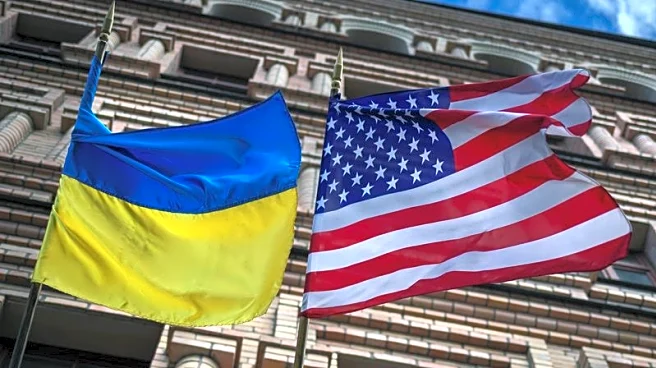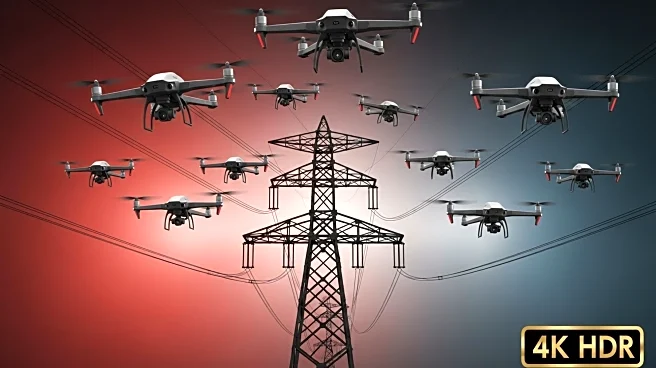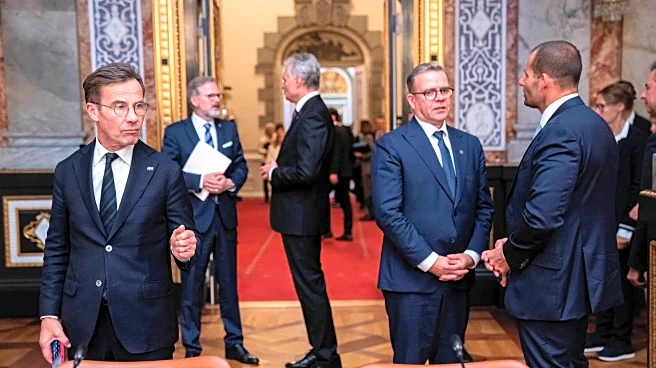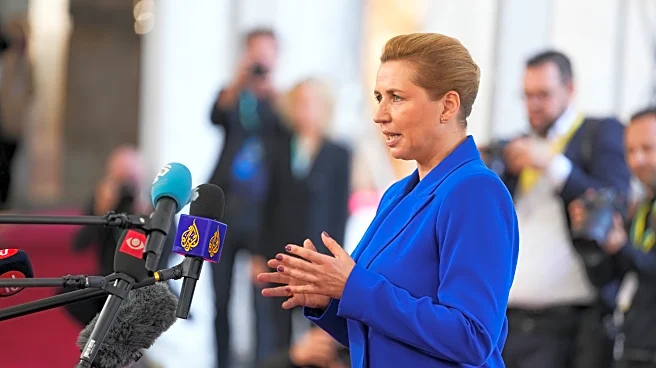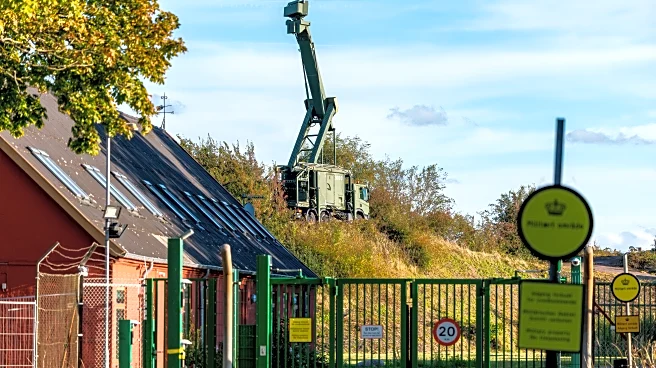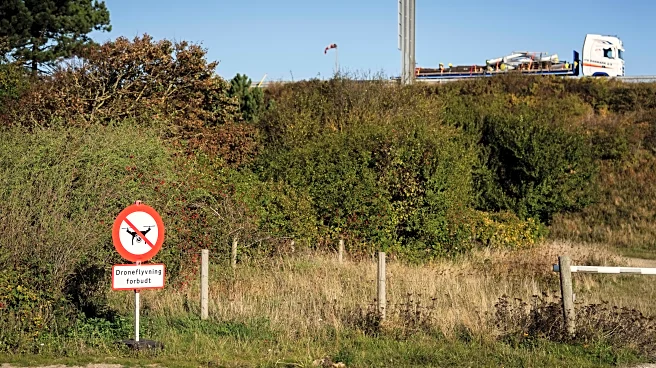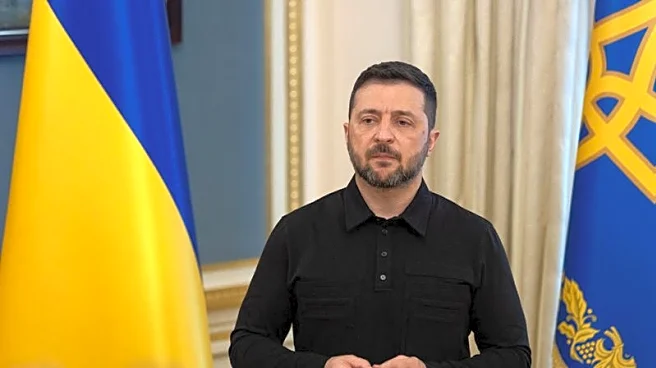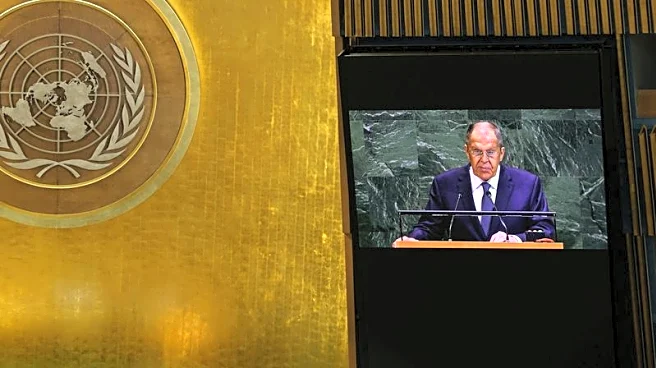What's Happening?
Poland is actively pursuing improved counter-drone technology after Russian drones entered its airspace last month, testing the country's and NATO's resolve. Polish Foreign Minister Radosław Sikorski emphasized the need for a more economical and practical defense strategy against unarmed drones, as current methods using fighter jets and missiles are deemed inefficient. The European Union is supporting this effort by securing $150 billion in loans for member states and collaborating with Ukraine, which has developed significant expertise in counter-drone warfare. NATO's Joint Analysis, Training, and Education Centre in Poland is tasked with procuring the necessary technology to address these challenges.
Why It's Important?
The incursion of Russian drones into Polish airspace highlights the evolving nature of aerial threats and the need for NATO and its allies to adapt their defense strategies. Poland's initiative to enhance its counter-drone capabilities is crucial for maintaining regional security and deterring future incursions. The collaboration with Ukraine, which has extensive experience in drone warfare, could provide valuable insights and technological advancements. This development underscores the importance of international cooperation in addressing modern security challenges and reinforces NATO's commitment to protecting its member states.
What's Next?
Poland is preparing to shoot down Russian aircraft in the future, a stance supported by NATO and President Trump. The continuous presence of U.S. troops in Poland is expected to deter Russian aggression. Poland offsets the cost of hosting U.S. soldiers, making it economically viable to maintain and exercise troops in the region. The focus will be on implementing lessons learned from the ongoing conflict and ensuring that military procurement addresses emerging threats effectively.
Beyond the Headlines
The incursion of unarmed Russian drones into Polish airspace serves as a strategic test of NATO's response capabilities. It highlights the need for a shift in military procurement towards addressing new challenges rather than relying on traditional defense systems. The situation also emphasizes the importance of maintaining a strong U.S. military presence in Europe to deter potential aggressors and reassure NATO allies.


